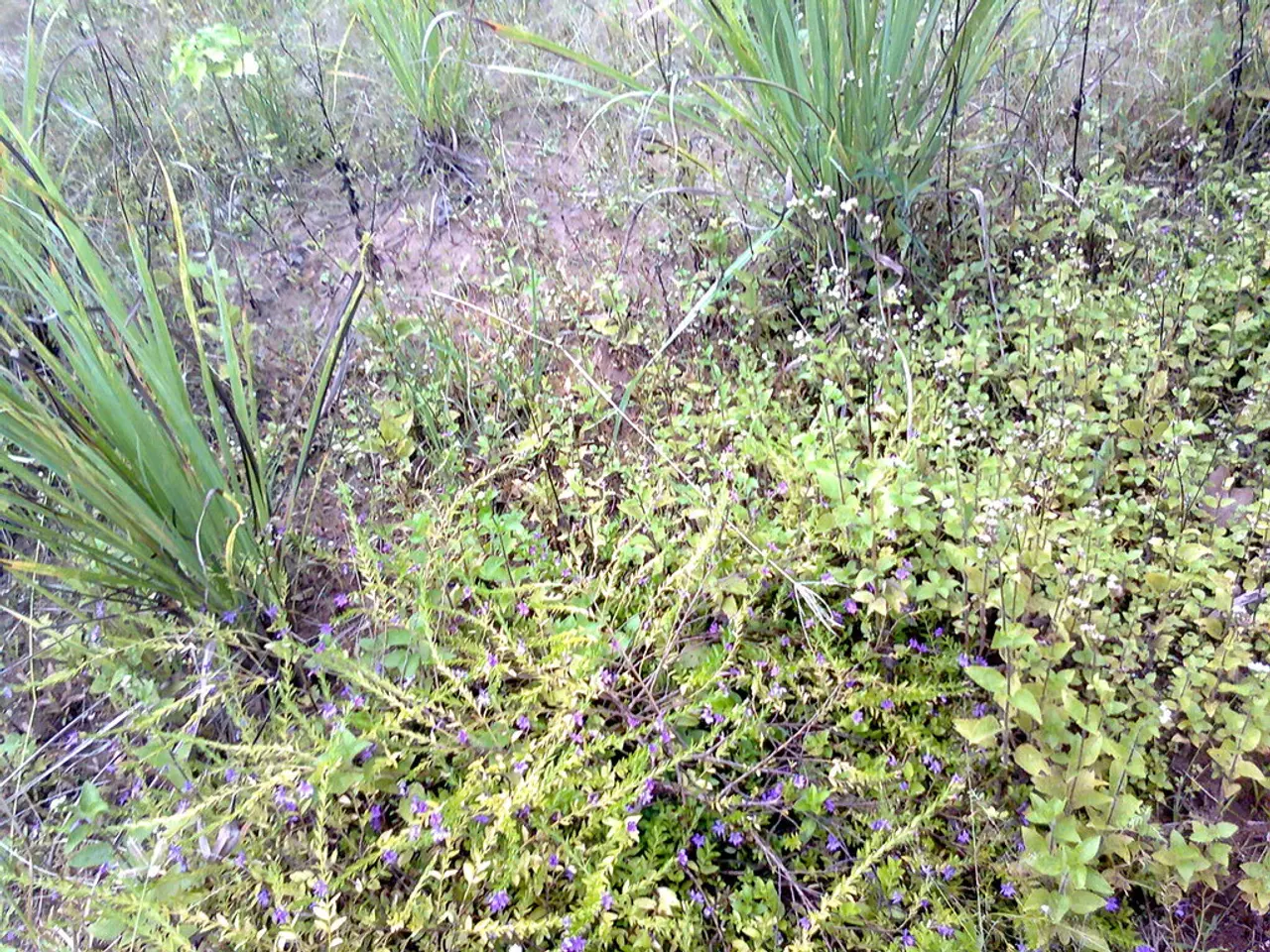Analysis of Scholarly Document: Adaptive Feature Presentation via Hypersphere Linkage for Specific Anomaly Detection...
=========================================================================================================================
In the field of image anomaly detection, a novel approach called Coupled-hypersphere-based Feature Adaptation (CFA) has been proposed. This method aims to adapt and align feature representations from image data onto coupled hyperspheres in the feature space, facilitating the measurement of normality or anomaly based on distances or positions relative to learned hyperspheres.
Key Components of CFA
- Feature Extraction: Images are first embedded into a high-dimensional feature space using a convolutional neural network (CNN) as a backbone.
- Coupled Hyperspheres Construction: Instead of using a single hypersphere, CFA sets up multiple coupled hyperspheres with parameters learned jointly to better model the distribution of normal image features.
- Feature Adaptation: Features are adapted to align closely with these coupled hyperspheres, reducing intra-class variation of normal images and making anomalies stand out as outliers.
- Anomaly Scoring: During detection, the position of a new image feature relative to the coupled hyperspheres is used to compute an anomaly score. Features outside or far from the normal hyperspheres are more likely to be anomalous.
Improving Anomaly Detection
By enforcing such hypersphere constraints, CFA improves the discrimination between normal and anomalous image data in the feature space, leveraging geometric relationships for robust anomaly detection.
To further enhance the model's performance, CFA proposes a novel scoring function to consider the certainty of the target-oriented features. It uses Softmin to measure the closeness of the nearest memorized feature compared to others. Additionally, CFA employs hard negative features for contrastive supervision to avoid overestimation of the normality of abnormal features.
Transfer Learning and Performance
CFA combines feature extractors with transfer learning to create more robust and generalizing features. In experiments performed on various pre-trained CNNs, feature maps were extracted from intermediate layers C2, C3, and C4. The results show that CFA outperforms other approaches when it comes to the performance at the class level, due to the effect of feature adaptation to the target dataset.
In Table 3, CFA++ outperforms all other approaches, demonstrating the effectiveness of this novel approach in anomaly detection. Furthermore, Table 1 and Table 2 compare the performance of different anomaly localization methods on the MVTec AD dataset and RD-MVTec AD dataset, respectively.
Conclusion
The paper under review introduces a novel anomaly detection model called Coupled-hypersphere-based Feature Adaptation (CFA). This method offers a promising approach to improving anomaly detection in images by aligning feature representations onto coupled hyperspheres in the feature space. Consulting original academic publications on CFA for further technical detail is recommended.
Read also:
- EPA Administrator Zeldin travels to Iowa, reveals fresh EPA DEF guidelines, attends State Fair, commemorates One Big Beautiful Bill
- Musk announces intention to sue Apple for overlooking X and Grok in the top app listings
- Cybertruck's Disappointing Setback, Musk's New Policy, Mega-Pack Triumphs, Model Y's Anticipated Upgrade Prior to Refresh (Week of January 25 for Tesla)
- Innovative Company ILiAD Technologies Introduces ILiAD+: Boosting Direct Lithium Extraction Technology's Efficiency Substantially




